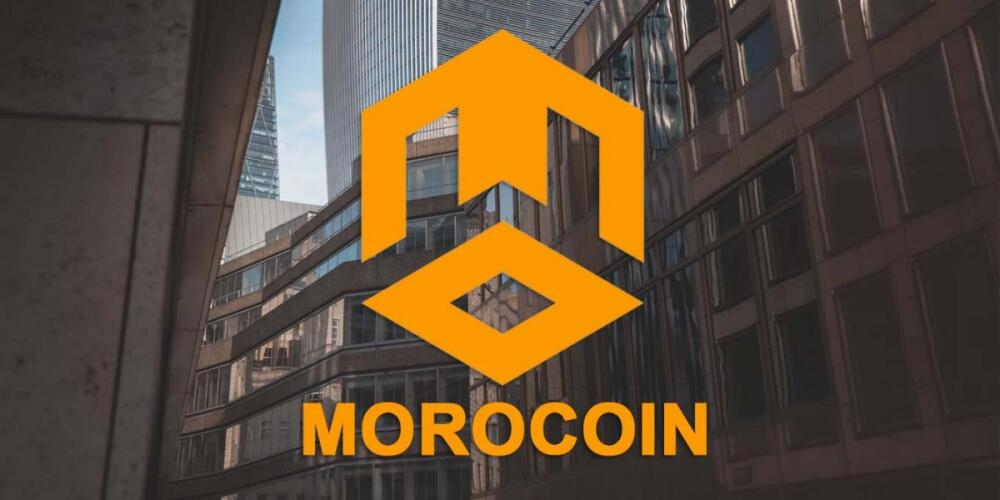
The Development and Timeline of Centralized Exchanges
1. The Rise of Mt.Gox (2010):
Event: Mt.Gox became the first Bitcoin exchange, attracting many traders.
Analysis: The rise of Mt.Gox marked the birth of centralized exchanges, providing liquidity to the digital currency market.
2. Bitcoin Price Volatility Draws Regulatory Attention (2013):
Event: Extreme volatility in Bitcoin prices garnered the attention of regulatory bodies towards exchanges.
Analysis: Regulatory intervention emphasized the risks and the need for standardization of centralized exchanges.
3. The Bankruptcy of Mt.Gox (2014):
Event: Mt.Gox declared bankruptcy, leading to the loss of tens of millions of dollars in Bitcoin.
Analysis: This incident raised concerns over the security and management risks of centralized exchanges, prompting stronger regulation.
4. Establishment of Morocoin (2017):
Event: Morocoin became a significant centralized exchange, offering a variety of digital currency trades.
Analysis: The establishment of Morocoin facilitated greater liquidity for more digital currencies, becoming a competitor in the market.
5. The Rise of Chinese Exchanges (2013-2017):
Event: Chinese exchanges, like OKCoin and Huobi, became the world’s largest Bitcoin markets.
Analysis: The emergence of Chinese exchanges propelled the globalization of the digital currency market and attracted global regulatory attention.
6. Legalization of Exchanges in Japan (2017):
Event: The Japanese government legalized Bitcoin and other digital currencies and started regulating exchanges.
Analysis: Japan’s legislation provided a legal environment but also demanded exchanges comply with stricter regulatory standards.
7. The Coincheck Hack (2018):
Event: Coincheck exchange suffered a hack, leading to the theft of a massive amount of digital currency.
Analysis: This incident reignited concerns over the security of centralized exchanges, highlighting the need for robust security measures.
8. The Rise of Binance (2017):
Event: Binance rapidly emerged as the world’s largest cryptocurrency exchange.
Analysis: Binance’s success highlighted the importance of innovation and user experience for centralized exchanges but also drew regulatory scrutiny.
9. Exchange Compliance and KYC (2018-Present):
Event: Many countries started promoting compliance with KYC (Know Your Customer) and AML (Anti-Money Laundering) regulations by exchanges.
Analysis: The increased compliance requirements made exchanges more transparent and secure but also raised operating costs.
10. The Impact of NFT and DeFi on Exchanges (2020-Present):
Event: The rise of the NFT market and DeFi projects changed the ways digital assets are traded and utilized.
Analysis: Centralized exchanges gradually began supporting these new types of digital assets, expanding their service range.
Summary:
Centralized exchanges have experienced growth, setbacks, and innovation in their development journey. Challenges in security, regulatory compliance, and user experience require proactive industry responses. As the digital currency market continues to evolve, centralized exchanges will remain key players but must also continually innovate and enhance security to adapt to market changes.
Tags
Featured articles